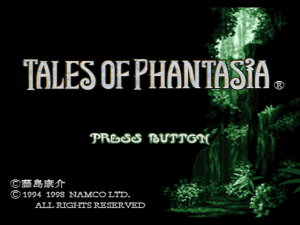Disclaimer: My advice in this post is based on the original, PS1 version of the game. My aim here is to try and provide a guide to the game that just covers the basics. As more details come out about the remaster, I will also update this post.
So… Square Enix announced a remaster of SaGa Frontier last November. The announcement was pretty shocking in a year already full of shocking events! Other fans of this game that I know were just as surprised as I was.
SaGa Frontier is a quirky little JRPG released in English in 1998 by Squaresoft (now Square Enix). It came in on (was actually localized) the JRPG boom caused by Final Fantasy VII‘s success. It’s a fairly niche game with a high learning curve and is known for its esoteric game systems and not giving the player any sense of where to go to continue the story. All of this is why this game getting a remaster was so unexpected!
More positively, SaGa Frontier is also an incredibly unique game with amazing visuals that gave the player a degree of freedom that wasn’t common in JRPGs at the time.

The Essence of SaGa Frontier is an excellent resource for in depth information about this game.
And HardcoreGaming101 has a great summary of SaGa Frontier and how it fits in with the rest of the series. I also want to thank HardcoreGaming101 for letting me use some of their screenshots for this post.
Finally, the GameFAQs community for this game is great and has continued to datamine for more than a decade after the game’s initial release. If you want a very in-depth guide that digs into every bit of the game’s hidden mechanics, I recommend Zaraktheus’s guide.
Read More »



